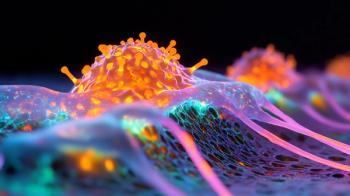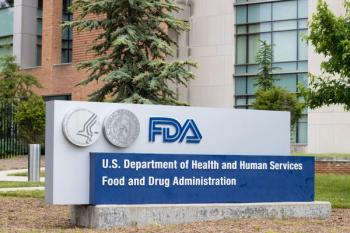
ACC: NVAF patients at high risk for stroke may be undertreated
Many nonvalvular atrial fibrillation (NVAF) patients at high risk for stroke may be undertreated, according to poster presentation sessions at the American College of Cardiology (ACC) 64th Annual Scientific Session in San Diego, Calif.
Many nonvalvular atrial fibrillation (NVAF) patients at high risk for stroke may be undertreated, according to poster presentation sessions at the
Related:
The data presented is based on treatment trends in 3,415 patients who entered the GLORIA-AF registry from November 2011 to February 2014 in North America. All patients had a recent diagnosis of NVAF, and 86.2 percent had a CHA2DS2-VASc score of 2 or higher.
Dr Halperin“The two analyses suggest that despite available new treatment options for NVAF, some patients at high risk of stroke are undertreated or receive no treatment,” said Jonathan L. Halperin, MD, the Robert and Harriet Heilbrunn Professor of Medicine at Mount Sinai School of Medicine, and member of the GLORIA-AF steering committee. “Ongoing studies of factors that contribute to prescribing patterns for NVAF patients, like GLORIA-AF, provide valuable information about the use of available treatments in clinical practice.”
While clinical practice guidelines call for patients to receive antithrombotic therapy based on their risk of stroke or thromboembolism and bleeding, rather than the type of atrial fibrillation, 21.9% of patients with new-onset paroxysmal (occasional) NVAF and a CHA2DS2-VASc score of 2 or higher were not given an oral anticoagulant medication, compared to 12.4% and 11.2% of those diagnosed with persistent or permanent NVAF, respectively, and a CHA2DS2-VASc score of 2 or higher.
Results from the
In the
Read next:
Newsletter
Get the latest industry news, event updates, and more from Managed healthcare Executive.



















































